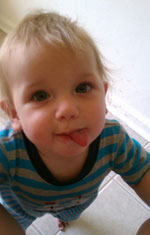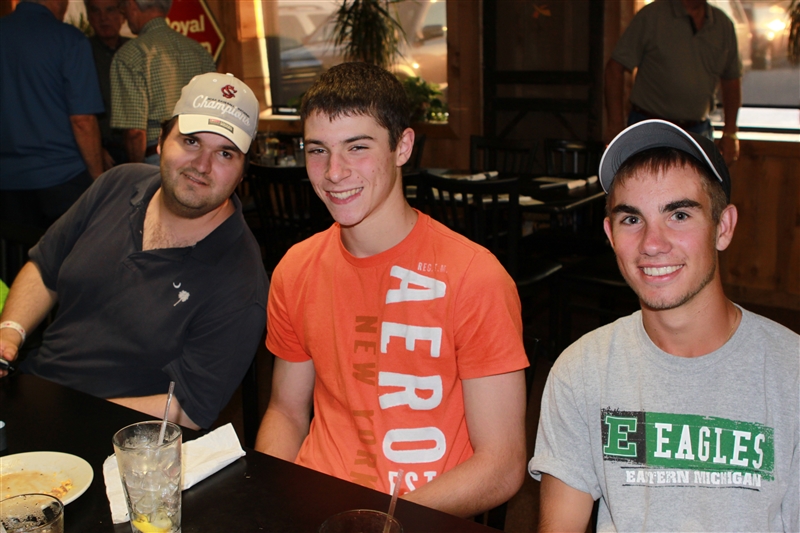 In typical speech and language development, a child’s receptive (understanding) and expressive (speaking) skills usually increase together. Many children with hemiplegia have a delay in expressive speech, yet their ability to understand language (receptive speech) is usually within the typical range.
In typical speech and language development, a child’s receptive (understanding) and expressive (speaking) skills usually increase together. Many children with hemiplegia have a delay in expressive speech, yet their ability to understand language (receptive speech) is usually within the typical range.
Learn more about the treatment of speech and language delays, including Sign Language, Communication Devices, Speech Play, and more in the Speech Therapy section of our website.
Definitions
Aphasia
Aphasia is a language impairment that affects the production or comprehension of speech and the ability to read or write. Children who have hemiplegia or have experienced a stroke may have aphasia due to their brain injury. The aphasia may be very mild or may be so severe that communication by the child is almost impossible. Aphasia may affect the child’s expressive language, yet, the child may be able to understand the speech of other people. Aphasia may co-occur with speech disorders such as dysarthria or apraxia of speech. Speech therapists work with children who have aphasia.
Apraxia
Apraxia of speech (verbal dyspraxia) is a speech disorder characterized by inability to speak, or a severe struggle to speak clearly. Children with hemiplegia or hemiparesis may experience apraxia of speech. Apraxia of speech occurs when the oral-motor muscles do not or cannot obey commands from the brain, or when the brain cannot reliably send these commands. Apraxia of speech is characterized by highly inconsistent speech errors. Children with apraxia can be helped with intensive speech therapy. Parents of children with hemiplegia recommend that you choose a speech and language pathologist (therapist) who has experience in helping children who have apraxia.
Dysarthria
Dysarthria is a neurological speech disorder caused by paralysis, weakness, improper muscle tone or incoordination of the muscles of the mouth. Dysarthria is not a disorder of language. Children with hemiplegia or hemiparesis may experience dysarthria. Symptoms of dysarthria may include speech that is slurred, slow, and difficult to produce and/or understand. Individuals with dysarthria may also have problems controlling the pitch, loudness, rhythm and voice qualities of their speech. Associated problems may include drooling and difficulty chewing and swallowing. Unlike apraxia of speech, the speech errors that occur with dysarthria are highly consistent from one occasion to the next.
Meet Greyson – Speech Apraxia and How Sign Language Changed Our World
 Auditory Processing Disorder
Auditory Processing Disorder
Auditory Processing Disorder – American Speech Language Hearing Association
Language and Pediatric Stroke
Later language development in narratives in children with perinatal stroke
Early Gesture Predicts Language Delay in Children With Pre- or Perinatal Brain Lesions
Communication in the Schools
Meeting the Communication Needs of Students with Hearing, Vision, or Speech Disabilities








